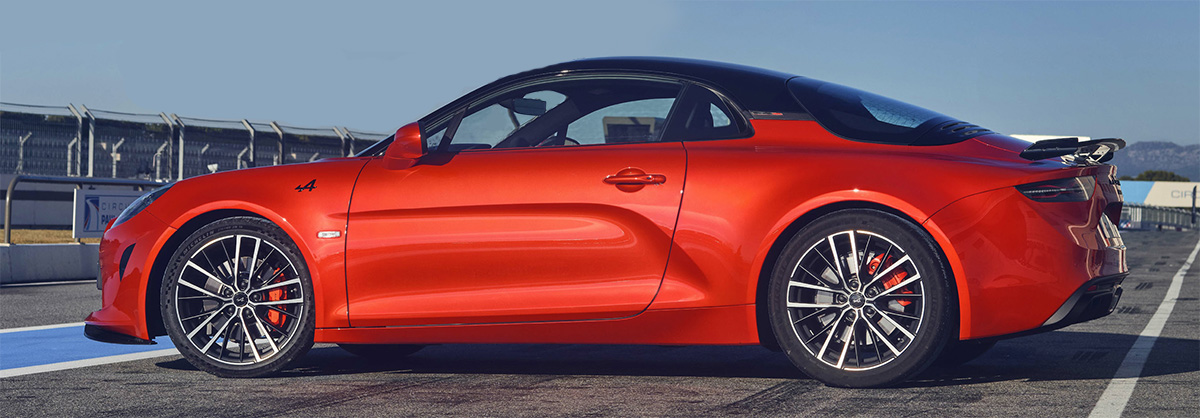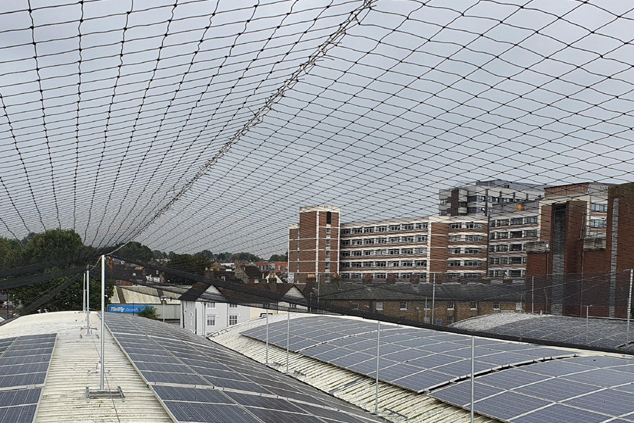
On a whistle stop tour of Morocco, I touched down on the tarmac of Casablanca airport, after an efficient business class flight with Royal Air Maroc. I couldn’t stop my mind conjuring up the image of Humphrey Bogart, having waved goodbye to his one true love, ambling down the runway into the mist with the local chief of police and telling him, “Louis, I think this is the
beginning of a beautiful friendship.” I wondered if that sentiment could be true for the city and me?
On the surface, Casablanca has none of the exotic allure the film promises and perhaps that’s because the romantic drama was shot on a Hollywood set – and life isn’t like the movies.
Having said that locals will point you in the direction of Rick’s Café. Set in an old mansion, built against the walls of the old medina, its interiors are an homage to the saloon in the film – and a very neat business idea. Mosaic tiled floors, arched doorways, stencilled brass lighting and giant plants, casting ominous shadows on white walls, allow visitors to drink up a bit of film noir ambiance along with a cocktail.
Casablanca is Morocco’s largest city and economic centre, and the place feels too busy for tourists, as the local population rush about their daily business with expressions of intent. But there’s a charm in that and it feels like a place that gets things done – and it does.
The Hassan II mosque is the largest in the country, and stands on a promontory overlooking the Atlantic ocean. Completed in 1993, it took seven years to construct and it’s a masterpiece of modern Moroccan engineering, taking ventilation seriously enough to have a giant retractable roof. With the sea breeze outside, distracting from the powerful sun, I was struck by the
sense of peace and calm despite the proximity to a local thoroughfare.
The British government could do with taking a step out of the Moroccan playbook when it comes to big projects. As the UK’s HS2 is abandoned, Al Boraq (named after the creature in Islamic tradition that transported Mohammad from Mecca to Jerusalem), the highspeed train that joins Casablanca to Rabat and Tangier, on the northernmost point of the country, goes from strength to strength. It stretches 323 kilometres, was built in 2018, took only 10 years to plan and construct, and is the first of its kind on the continent. I floated out of the station on that train, on time, happy and relaxed.
Tangier has a totally different vibe altogether. Built on the slopes of a chalky limestone hill, it’s the gateway between Europe and Africa, where the Mediterranean Sea meets the Atlantic. This verdant, culturally diverse port city is very much a reflection of its geography. You can see Gibraltar from the beautiful beaches of this green and pleasant land and the Kasbah, the city’s fortress, (built to keep out invading Brits) has stunning views across the sea.
Walking In the 14th century old town where there was a haze in the air, and the call to prayer provided a soundtrack to the moment, I turned corners into alleyway after alleyway, sometimes so narrow you could touch both walls at the same time. I went under arches, hidden from the sun, and then sat in small plazas exposed to the heat.
Lunch was a steaming bowl of Bissara – a soup made with fava beans, split peas topped with olive oil and cumin and a traditional tagine, named after the earthenware pot with a pointy lid in which it is cooked. Tender meat, honey, prunes, vegetables and spices made it all delicious, if a bit like eating pudding. I gave the mint tea a miss, and drank wine.
With little time to spare between meetings, I took the slightly eccentric choice of visiting Tanger-Med, the largest port in Africa. It was the vision of King Mohammad VI, who pushed through the project from conception to completion in under 20 years, just like he did apparently with Al Boraq.
It was a hugely ambitious plan and has transformed the local economy, as one of the workers at the port told me, “Moroccans know they must work harder because they have to prove themselves to their international partners.”
While at the port, news came through that Morocco had won its joint bid to host the Men’s 2030 FIFA World Cup, and a cheer rose all around. By then, Morocco is set to have doubled its annual tourist numbers and will have increased hotel capacity accordingly, including meetings and conference facilities.
Big hotel brands like Hilton, Barcelo, Four Seasons and Hyatt are already present and have plans to open more properties across the nation. Morocco is proud of what it is achieving and it’s a country that is changing fast.




